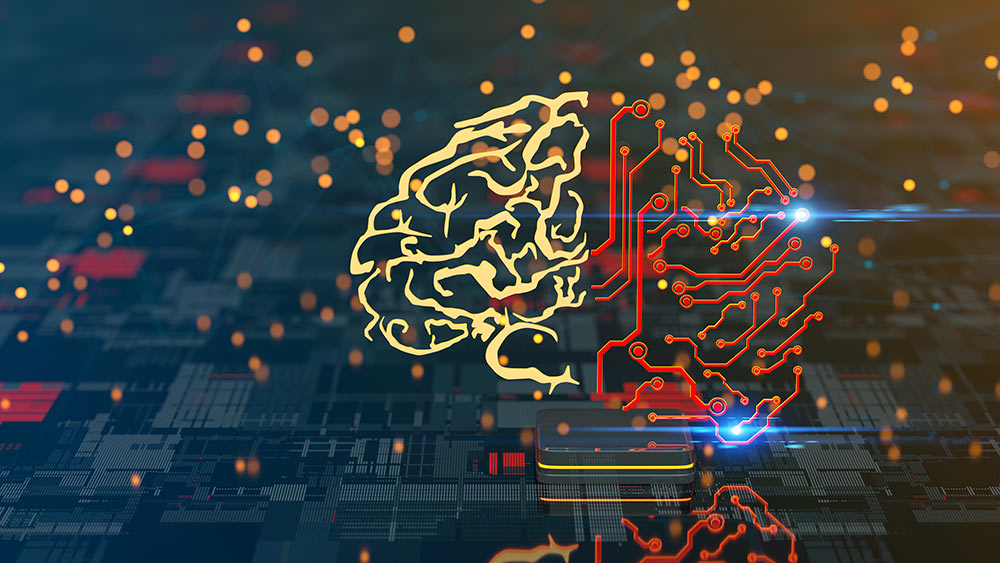
How did an “old dog” signal processing professor approach learning and teaching the “new tricks” of generative artificial intelligence (AI)? This article overviews my recent experience in preparing and delivering a new course called “Computational Creativity,” reflecting on the methods I adopted compared to a traditional equations-on-a-whiteboard course. The technical material is qualitatively different from traditional signal processing, and the types of students who took the class and their approach to learning were different too. I learned a lot from the experience but also came away with bigger questions about the role of educators in the age of generative AI.
The Impetus
When I became a Ph.D. student in the Department of Electrical Engineering at Princeton University, I thought of myself as an applied signal processor and acquired a solid background in digital signal processing, image processing, and communication and information theory. Like many readers, I learned about neural networks in the era before deep learning, in a class where I implemented hidden Markov models and backpropagation based on a dozen data samples, using a Pentium PC. This class was very interesting, but it wasn’t on the critical path for my thesis research.
I joined Rensselaer Polytechnic Institute in 2001 as an assistant professor in the Department of Electrical, Computer, and Systems Engineering and spent much of my early career teaching signal processing at various levels (e.g., our required “Signals and Systems” course and our elective “Digital Signal Processing,” “Signal Processing Design,” and “Introduction to Image Processing” courses). I always found carefully developing signal and image processing concepts in class to be satisfying, such as the elegant connection between the Fourier series and the fast Fourier transform. While my Ph.D. students over the past 20 years have unavoidably turned into deep learning experts to do their research in computer vision, I have to admit that I resisted delving more deeply into the details and mechanics of modern neural networks, even as it became clear that there was no going back to the “old days.” I never had any interest in trying to teach a course on deep learning; honestly, I was worried that my students would already know more about it than I did!

